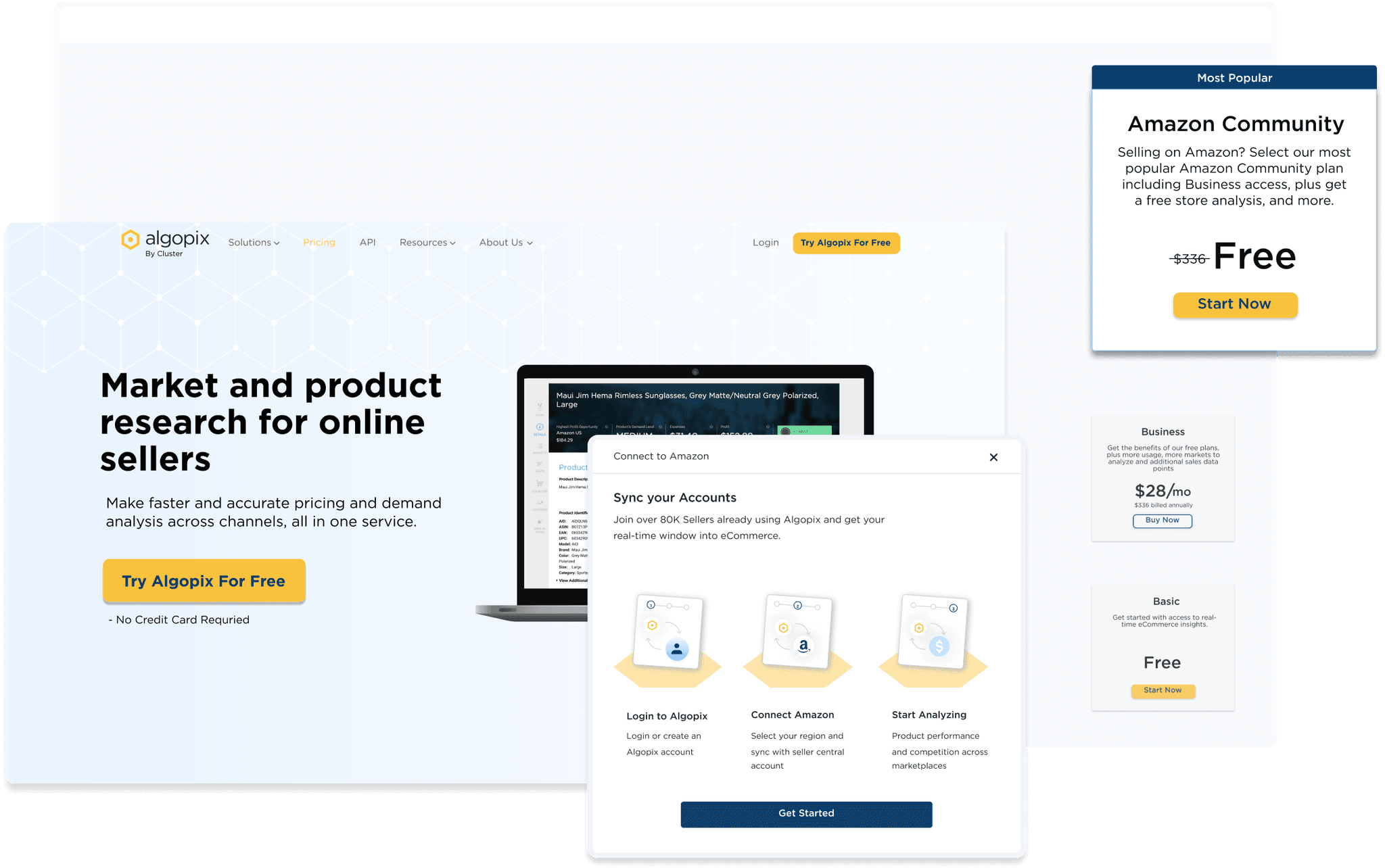Enriching HubSpot with Similarweb Data—Effortlessly
Similarweb
We built a flow that lets sales ops and admins enrich their HubSpot records with Similarweb data in just a few clicks.
Timeline
August – December, 2024
responsibilites
Research, flows, system UX, end-to-end design
TEam
Product manager, developers, QA automation, Account managers and product marketing manager
The problem
🏆
Boost win rate
by removing setup barriers
🧲
Increase stickiness
by fitting into existing workflows
🔁
Reduce churn
by saving time and effort
Business goals
Challenges
Making a technical setup feel effortless
We needed to support flexible enrichment logic (filters, permissions, frequency, record types) while keeping the setup flow clean and understandable. We also had to show credit usage and prevent CRM data from being overwritten by accident.
All of this had to be simple enough for someone who just wanted to 'turn it on and start enriching leads.'
To resolve this, we kicked off some foundational internal research.
Technical requirements becoming user flows
research
Everything we solved started with what users said
We mapped the full user journey with GTM, support, and power users. A few core dilemmas came up early:
Should we separate mapping for enrichment vs export? Some users expected one flow; others needed distinct control.
When should we ask for permissions? Asking too early was scaring people off. Too late, and setup would fail.
To solve this, I collaborated closely with my teammates (PMs, product designer, product expect and the product director), and the dev team to prototype both directions and tested internally before finalizing the flow.
These insights directly shaped our solution design.
Unified mapping for both export and enrichment process
One mapping for export from hubspot, and one for enrichment
Solution
Turning complexity into a smooth setup experience
We built a wizard that let users create enrichment jobs with full control over record types, filters, field mapping, and frequency.
To keep it flexible and easy to use, we kept field mapping in one page, and we split each field into two checkboxes: one for enrichment, one for export.
We asked for permissions early—right after record type selection—to keep users focused and avoid friction later.
The core solution parts were: Manage integrations, edit field mapping and the enrichment wizard.
Manage Integration Page
We revamped the HubSpot management section with a clean card layout for enrichment jobs. Each job could be toggled, renamed, edited, or deleted.
This made it easy to stay in control, even with multiple jobs running.
Edit Field Mapping
This is where users decide which Similarweb fields map to which HubSpot fields—and whether they’re for export, enrichment, or both.
To keep things transparent, we added two checkboxes per row (Export and Enrich), a visual indicator for credit cost, and built-in logic to prevent critical errors like mapping to mandatory fields.
The Wizard
We designed the job creation wizard to guide users through complex decisions step by step—without overwhelming them.
Users can choose to enrich contacts or companies, apply flexible filters with dropdown logic, set a refresh frequency, and give each job a name for easier management later.
Outcome
Great adoption, strong feedback, and a smooth launch
We rolled out the HubSpot Enrichment feature in phases—starting with sandbox testing, then a closed beta in late September, and full release in November. I left the company just after the full release.
Adoption was instant during beta. One customer joked about opening champagne, and internal teams felt it finally delivered on their promises.
Completion rates showed strong engagement:
59% for immediate enrichment
67% for ongoing enrichment
Win rate increased by removing technical blockers:
Stickiness improved by embedding into users' workflow
Churn risk dropped thanks to a smoother, time-saving setup
REFLECTION
Tight, focused, and effective—with one thing left on my mind
This project was all about delivering maximum value with minimal effort. We focused only on what was essential—no big redesigns, no unnecessary additions. Every decision was shaped by what the feature truly needed to work, and nothing more.
Looking back, I’d invest more time in refining the final step of the wizard, ideally in closer collaboration with the Data Credits team (DaaS: Data as a Service), to give users greater clarity on how the process works.






